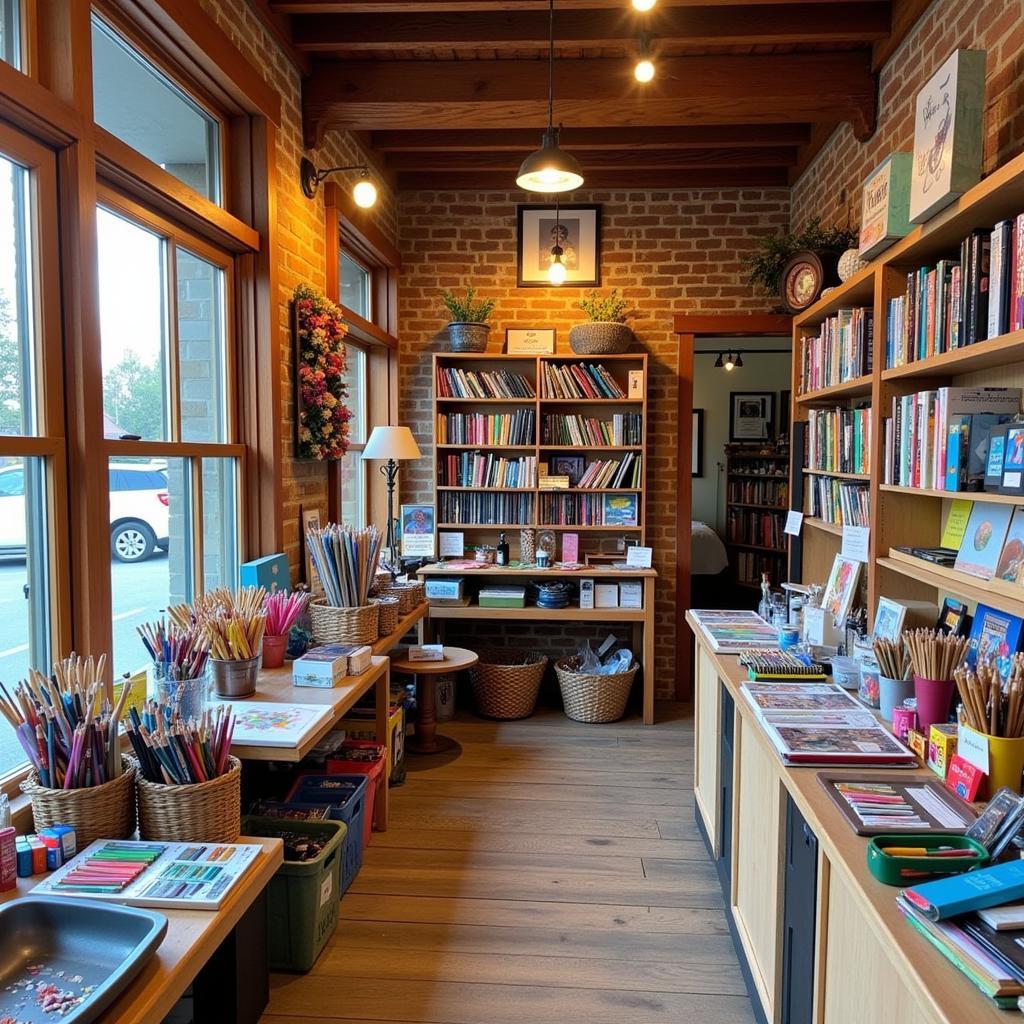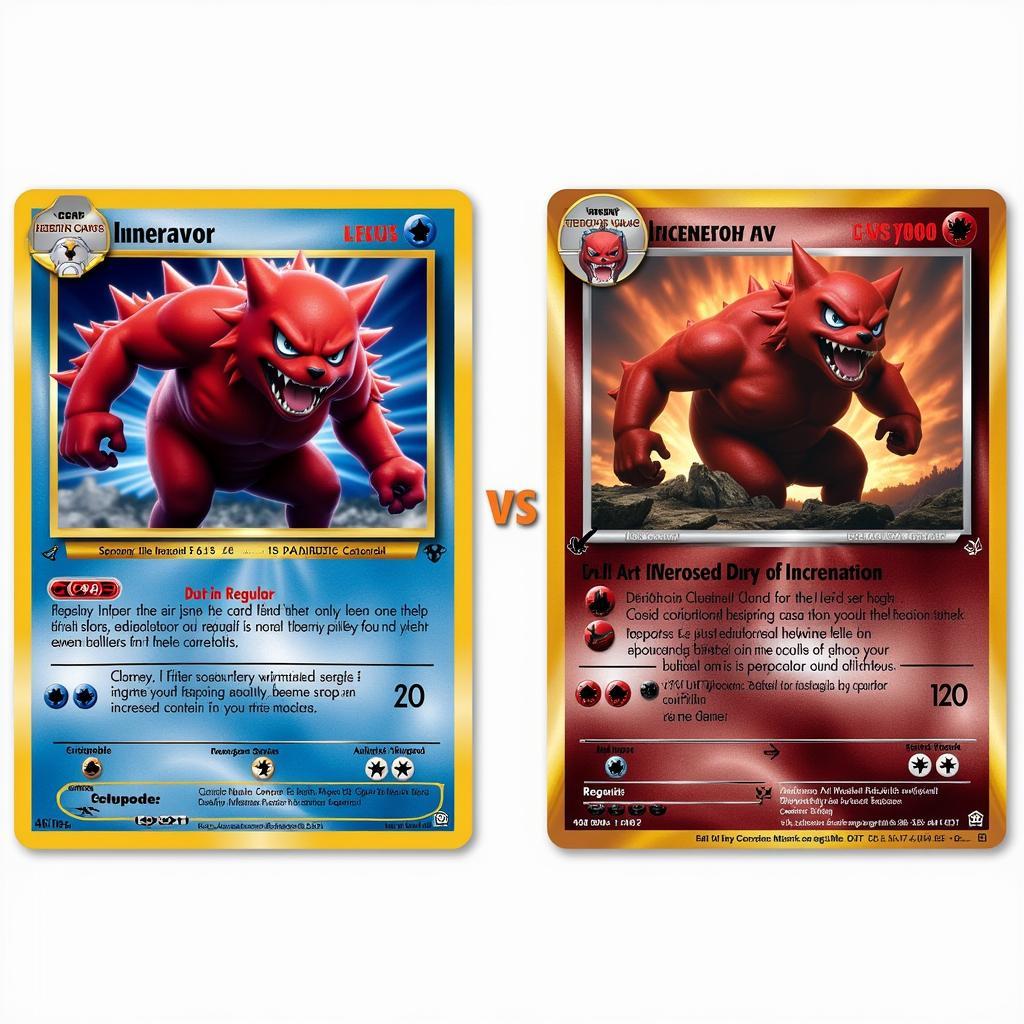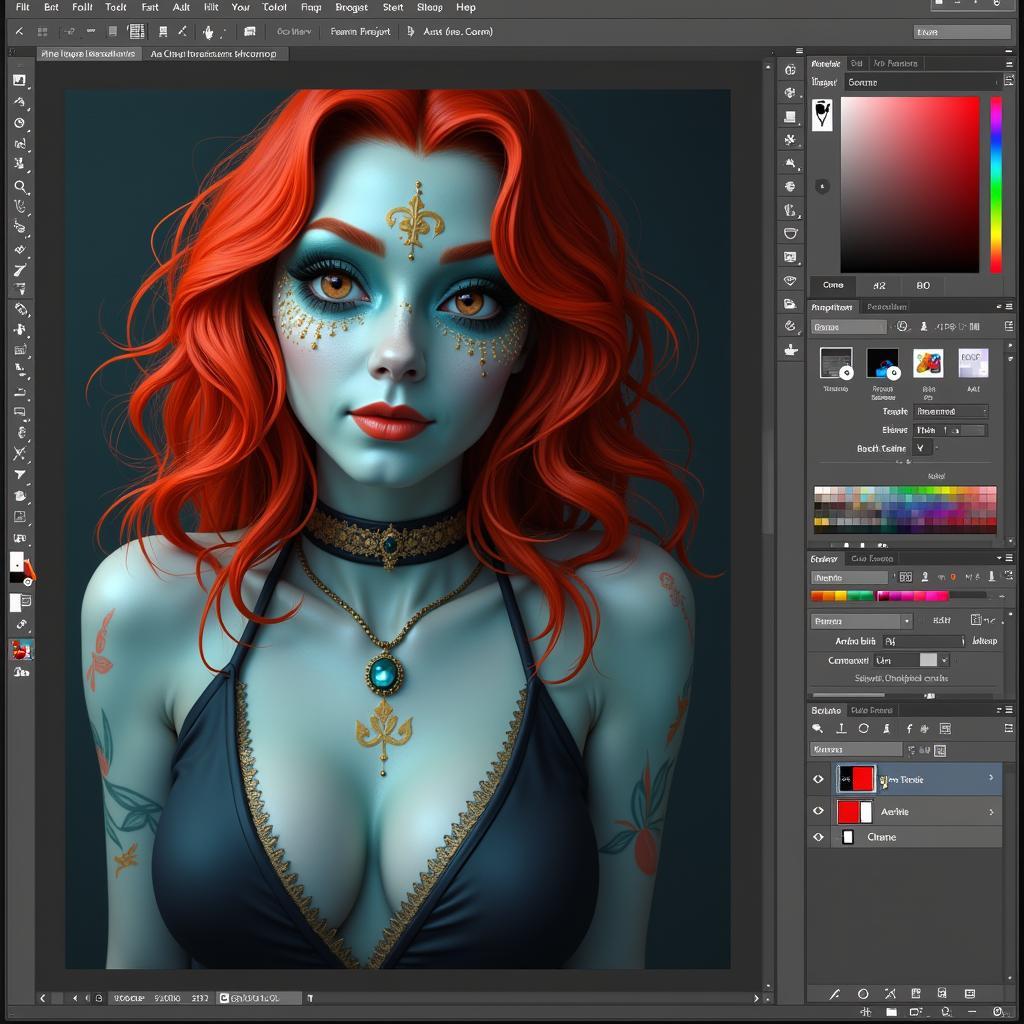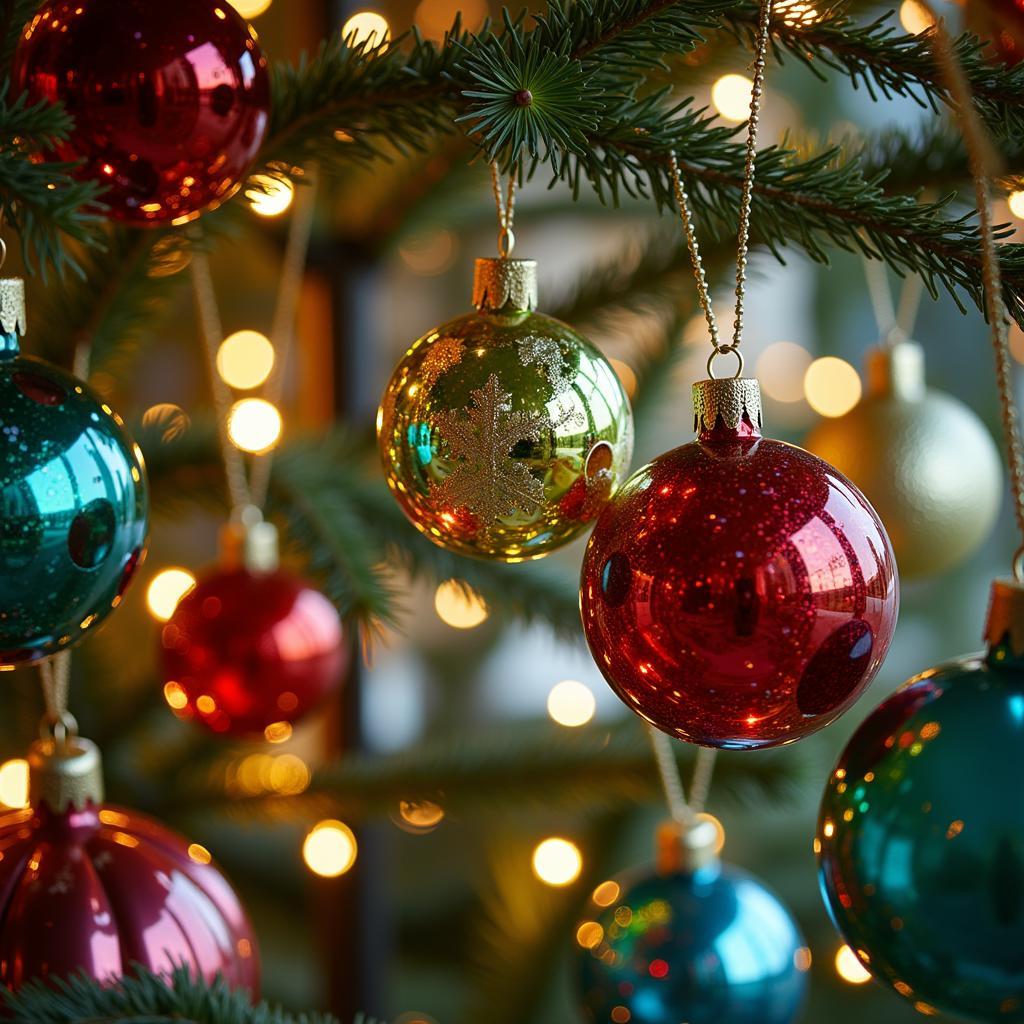Discovering the Vibrant World of Mexican Art Alebrijes
Mexican Art Alebrijes are fantastical creatures, vibrant with color and brimming with intricate detail. These whimsical sculptures, born from the imagination and skillful hands of Mexican artisans, hold a special place in the country’s rich artistic heritage. They represent a unique blend of folk art traditions, personal expression, and a touch of magical realism, captivating art lovers and collectors worldwide. More than just decorative objects, alebrijes embody stories, beliefs, and a deep connection to Mexican culture. Let’s delve deeper into the fascinating world of these mythical beings.
Oaxacan arts are known for their vibrant colors and intricate designs. These vibrant sculptures are a testament to the creativity and skill of Mexican artisans. The history of alebrijes is as colorful as the creatures themselves. Originating in Mexico City in the 1930s, they are often credited to Pedro Linares López, a cartonero (piñata maker) who, during a fever-induced dream, envisioned fantastical creatures with vibrant colors, unusual features, and wings. These dream creatures urged him to recreate them in the real world. Upon recovery, Linares began to bring his visions to life using cardboard, paper mache, and paint.
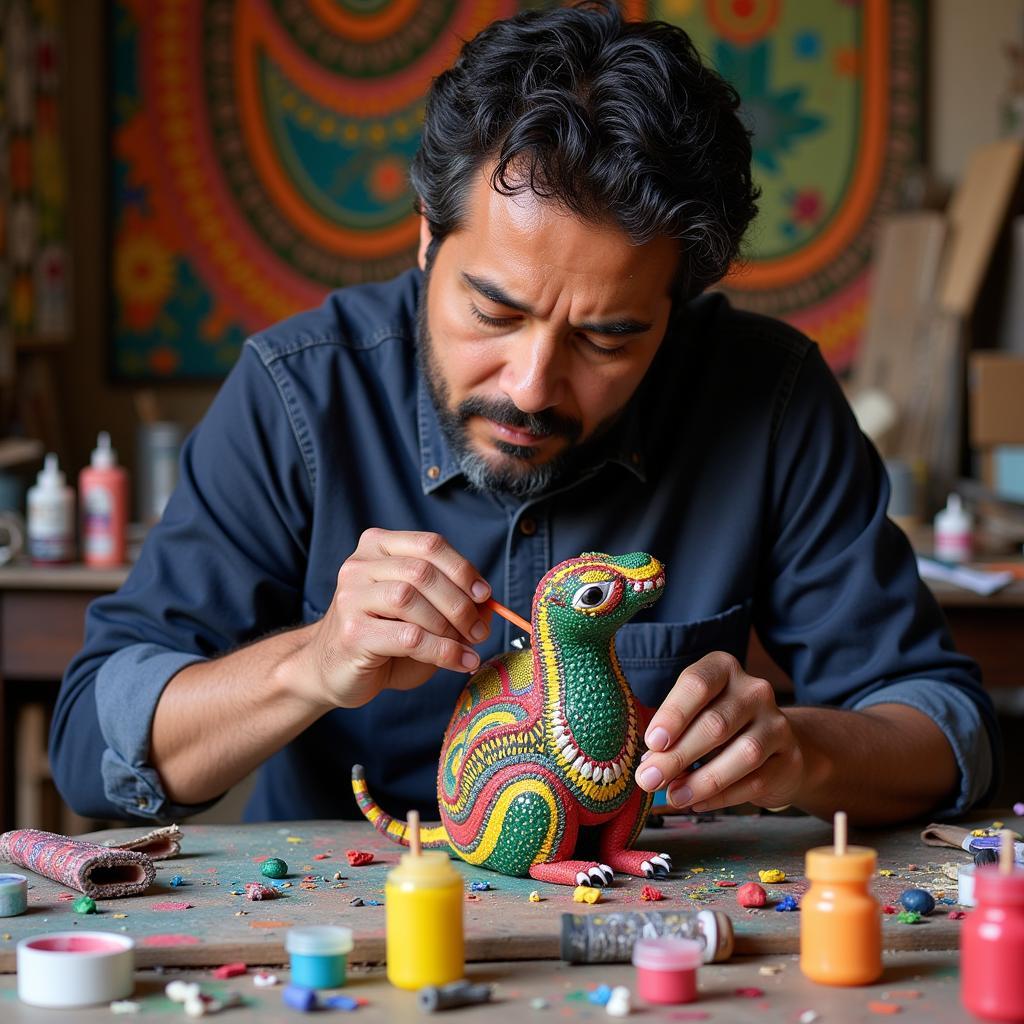 Pedro Linares crafting alebrijes in his workshop
Pedro Linares crafting alebrijes in his workshop
What Makes Mexican Art Alebrijes So Unique?
What sets alebrijes apart is their unique blend of real and imaginary animal characteristics. They might have the body of a lion, the wings of an eagle, and the horns of a bull, all painted in a dazzling array of colors and patterns. Each alebrije is a one-of-a-kind creation, reflecting the individual artist’s vision and interpretation. No two are ever exactly alike, making them highly prized by collectors. These incredible works of art are more than just decorative pieces; they tell stories, embody beliefs, and connect deeply with Mexican cultural traditions.
 Vibrant alebrijes in a parade
Vibrant alebrijes in a parade
The Symbolism Behind the Colors and Designs
The vibrant colors and intricate patterns adorning each alebrije are not merely aesthetic choices; they hold symbolic meaning. Certain colors are associated with specific emotions, elements, or spiritual beliefs. For example, bright yellows and oranges can represent joy and energy, while blues and greens symbolize nature and tranquility. The specific animal features incorporated into the design often carry cultural significance, drawing from Mexican folklore and mythology.
How Are Mexican Art Alebrijes Made?
Crafting an alebrije is a labor-intensive process that requires skill, patience, and a deep understanding of the materials. Traditionally, artisans use copal wood, a native Mexican tree known for its durability and workability. The wood is carved into the desired shape, carefully sanded, and then covered with a layer of gesso to create a smooth surface for painting. The intricate designs are then painstakingly painted by hand, often using vibrant acrylic paints. Folk art dogs often share similar bright colors and patterns as seen in alebrijes. The process, from carving to painting, can take weeks, even months, depending on the complexity of the design.
From Copal Wood to Colorful Creations
The transformation of a simple piece of copal wood into a vibrant, fantastical creature is truly remarkable. Each step in the process requires precision and artistry, passed down through generations of artisans. The art of creating alebrijes is not just a craft; it’s a tradition that keeps Mexican folk art alive and thriving.
“Alebrijes are not just sculptures,” says renowned art historian, Dr. Elena Ramirez, “they are embodiments of dreams and imagination brought to life. They are a testament to the enduring power of Mexican folk art.”
 Close-up of intricate details on an alebrije
Close-up of intricate details on an alebrije
Mexican Art Alebrijes in Contemporary Culture
Mexican art alebrijes have transcended their folk art origins and become recognized internationally as a unique and vibrant art form. They have been featured in museums, galleries, and even animated films, introducing them to a wider audience and solidifying their place in contemporary culture. Mexican folk art pottery often incorporates similar vibrant colors and designs, reflecting the rich artistic traditions of Mexico. From their humble beginnings in a small workshop in Mexico City, these fantastical creatures have captured the hearts and imaginations of people around the world.
“The beauty of alebrijes lies in their ability to connect us to the magical realm of dreams and imagination,” shares Maria Sanchez, a prominent alebrije artisan from Oaxaca. “They remind us to embrace creativity and celebrate the beauty of the unexpected.”
Conclusion
Mexican art alebrijes are more than just colorful sculptures; they are a testament to the rich cultural heritage and artistic talent of Mexico. From their dreamlike origins to their intricate craftsmanship, these fantastical creatures continue to captivate and inspire. Whether you’re an art enthusiast, a collector, or simply appreciate the beauty of handmade crafts, exploring the world of Mexican art alebrijes is a journey into a realm of vibrant color, intricate detail, and boundless imagination.
FAQ
- What are alebrijes made of?
Traditionally, alebrijes are made of copal wood, carved and painted by hand. - Who invented alebrijes?
Pedro Linares López is credited with the creation of alebrijes. - Where do alebrijes come from?
Alebrijes originated in Mexico City. - What is the meaning of alebrijes?
The word “alebrije” doesn’t have a specific meaning; it’s said to have been coined by Linares. - Are all alebrijes the same?
No, each alebrije is a unique creation, reflecting the individual artist’s vision. - Where can I buy authentic alebrijes?
You can find authentic alebrijes in Mexico, particularly in Oaxaca, and from reputable online dealers specializing in Mexican folk art. - How much do alebrijes cost?
The price of an alebrije varies depending on its size, complexity, and the artist’s reputation.
You might also be interested in learning more about Oaxacan arts or exploring the world of Mexican folk art pottery.
Need more information? Contact us! Phone: 02462573573, Email: danteum@gmail.com or visit us at Savico Megamall, 7-9 Đ. Nguyễn Văn Linh, Gia Thụy, Long Biên, Hà Nội 10000, Việt Nam. We have a 24/7 customer service team.
